Decoding the Oklahoma Panorama: An Exploration of Topographic Maps
Associated Articles: Decoding the Oklahoma Panorama: An Exploration of Topographic Maps
Introduction
With nice pleasure, we are going to discover the intriguing subject associated to Decoding the Oklahoma Panorama: An Exploration of Topographic Maps. Let’s weave attention-grabbing info and provide recent views to the readers.
Desk of Content material
Decoding the Oklahoma Panorama: An Exploration of Topographic Maps
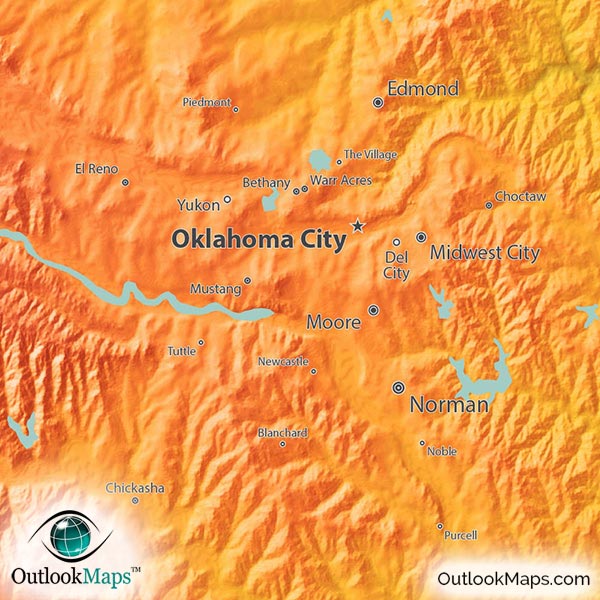
Oklahoma, the "Sooner State," boasts a various and fascinating panorama, from the rolling plains of the west to the rugged Ouachita Mountains within the east. Understanding this geographical tapestry is essential for numerous functions, starting from agricultural planning and infrastructure improvement to leisure actions and historic evaluation. Topographic maps present a useful software for navigating and deciphering this complexity. This text delves into the intricacies of Oklahoma topographic maps, inspecting their options, functions, and the knowledge they reveal concerning the state’s geological historical past and present-day surroundings.
Understanding Topographic Maps: A Visible Illustration of the Earth’s Floor
Earlier than inspecting Oklahoma-specific maps, it is important to know the basics of topographic mapping. Topographic maps are two-dimensional representations of three-dimensional terrain. They make the most of contour strains to depict elevation adjustments throughout the panorama. These contour strains join factors of equal elevation, creating a visible illustration of hills, valleys, mountains, and plains. The nearer the contour strains are collectively, the steeper the slope; broadly spaced strains point out a gentler incline. Past contour strains, topographic maps typically embody quite a lot of different options, equivalent to:
- Scale: Signifies the ratio between the map’s distance and the precise distance on the bottom. This permits for correct measurements of distances and areas.
- North Arrow: Exhibits the course of true north, important for orientation and navigation.
- Legend: Offers a key to the symbols used on the map, indicating options like roads, rivers, buildings, and vegetation.
- Spot Elevations: Exactly marked elevations at particular factors, typically summit peaks or vital landmarks.
- Reduction Shading: A shading approach that enhances the three-dimensional notion of the terrain, making it simpler to visualise slopes and valleys.
Oklahoma’s Topographic Range: A Reflection in its Maps
Oklahoma’s topography is way from uniform. The state might be broadly divided into a number of physiographic areas, every with its distinct traits mirrored in its illustration on topographic maps:
-
Excessive Plains: Dominating the western portion of the state, the Excessive Plains are characterised by comparatively flat, high-elevation grasslands. Topographic maps of this area present broadly spaced contour strains, indicating light slopes and a comparatively uniform elevation. Nevertheless, refined variations exist, together with canyons carved by rivers and occasional mesas and buttes.
-
Osage Plains: Transitioning eastward from the Excessive Plains, the Osage Plains exhibit a barely extra dissected panorama. Contour strains on maps of this area present a extra undulating sample, reflecting a larger variation in elevation. The presence of quite a few streams and rivers can also be clearly depicted.
-
Wichita Mountains: Situated in southwestern Oklahoma, the Wichita Mountains characterize a major uplift within the in any other case comparatively flat panorama. Topographic maps dramatically illustrate the mountainous terrain with intently spaced contour strains indicating steep slopes and vital elevation adjustments. Particular person peaks and ridges are clearly outlined.
-
Arbuckle Mountains: Located in south-central Oklahoma, the Arbuckle Mountains are one other outstanding upland space. Just like the Wichita Mountains, topographic maps present a fancy sample of intently spaced contour strains, highlighting the rugged terrain and vital elevation variations. The presence of quite a few canyons and valleys can also be evident.
-
Ouachita Mountains: Extending into southeastern Oklahoma, the Ouachita Mountains are half of a bigger mountain vary. These mountains are characterised by their ruggedness and forested slopes. Topographic maps on this space present extremely contoured terrain, with intently spaced strains indicating steep slopes and vital elevation adjustments. The complexity of the drainage patterns can also be clearly seen.
Purposes of Oklahoma Topographic Maps: A Multifaceted Device
Oklahoma’s topographic maps serve a large number of functions, impacting numerous sectors of society:
-
Agriculture: Farmers and ranchers make the most of topographic maps to evaluate land suitability for various crops and livestock. Slope evaluation, drainage patterns, and soil varieties (typically overlaid on topographic information) are essential for optimizing agricultural practices.
-
Infrastructure Improvement: Engineers and planners use topographic maps for highway building, pipeline routing, and dam web site choice. Understanding the terrain is essential for minimizing environmental affect and making certain structural stability.
-
Water Useful resource Administration: Topographic maps are invaluable for hydrological research, figuring out watersheds, assessing flood dangers, and managing water sources successfully. The depiction of drainage patterns and elevation adjustments is important for understanding water circulation.
-
Emergency Response: Throughout pure disasters like floods or wildfires, topographic maps help emergency responders in navigating the affected areas, assessing harm, and coordinating rescue efforts.
-
Recreation and Tourism: Hikers, campers, and different outside lovers use topographic maps for navigation, path planning, and figuring out factors of curiosity. Understanding elevation adjustments and terrain options is essential for protected and pleasing outside actions.
-
Geological Research: Geologists use topographic maps to grasp the geological construction of the area, figuring out fault strains, rock formations, and different geological options. The spatial distribution of those options supplies invaluable insights into the area’s geological historical past.
-
Historic Evaluation: Topographic maps can be utilized to review historic land use patterns, settlement places, and the evolution of the panorama over time. Evaluating maps from totally different eras can reveal vital adjustments within the surroundings.
Accessing Oklahoma Topographic Maps: Assets and Availability
A number of sources present entry to Oklahoma topographic maps:
-
United States Geological Survey (USGS): The USGS is the first supply of topographic maps in the USA. Their web site gives an enormous assortment of maps, together with these masking Oklahoma, out there for obtain in numerous codecs.
-
Oklahoma Geological Survey (OGS): The OGS supplies geological info and maps associated to Oklahoma, together with some topographic information and associated geological maps.
-
On-line Mapping Providers: A number of on-line mapping companies, equivalent to Google Earth and ArcGIS, incorporate topographic information, permitting customers to view and work together with Oklahoma’s terrain in a three-dimensional surroundings.
Conclusion:
Oklahoma’s topographic maps are excess of simply static photographs; they’re dynamic instruments that unlock a deeper understanding of the state’s advanced and engaging panorama. From the gently rolling plains to the rugged peaks of the Ouachita Mountains, these maps present an in depth visible illustration of the terrain, informing selections throughout numerous sectors and providing invaluable insights into the state’s geological historical past and environmental traits. By understanding and using these maps, we will higher admire the sweetness and complexity of Oklahoma’s geography and make knowledgeable selections concerning its future improvement and conservation. The continued availability and accessibility of those maps are essential for accountable land administration, sustainable improvement, and the enjoyment of Oklahoma’s various pure sources.
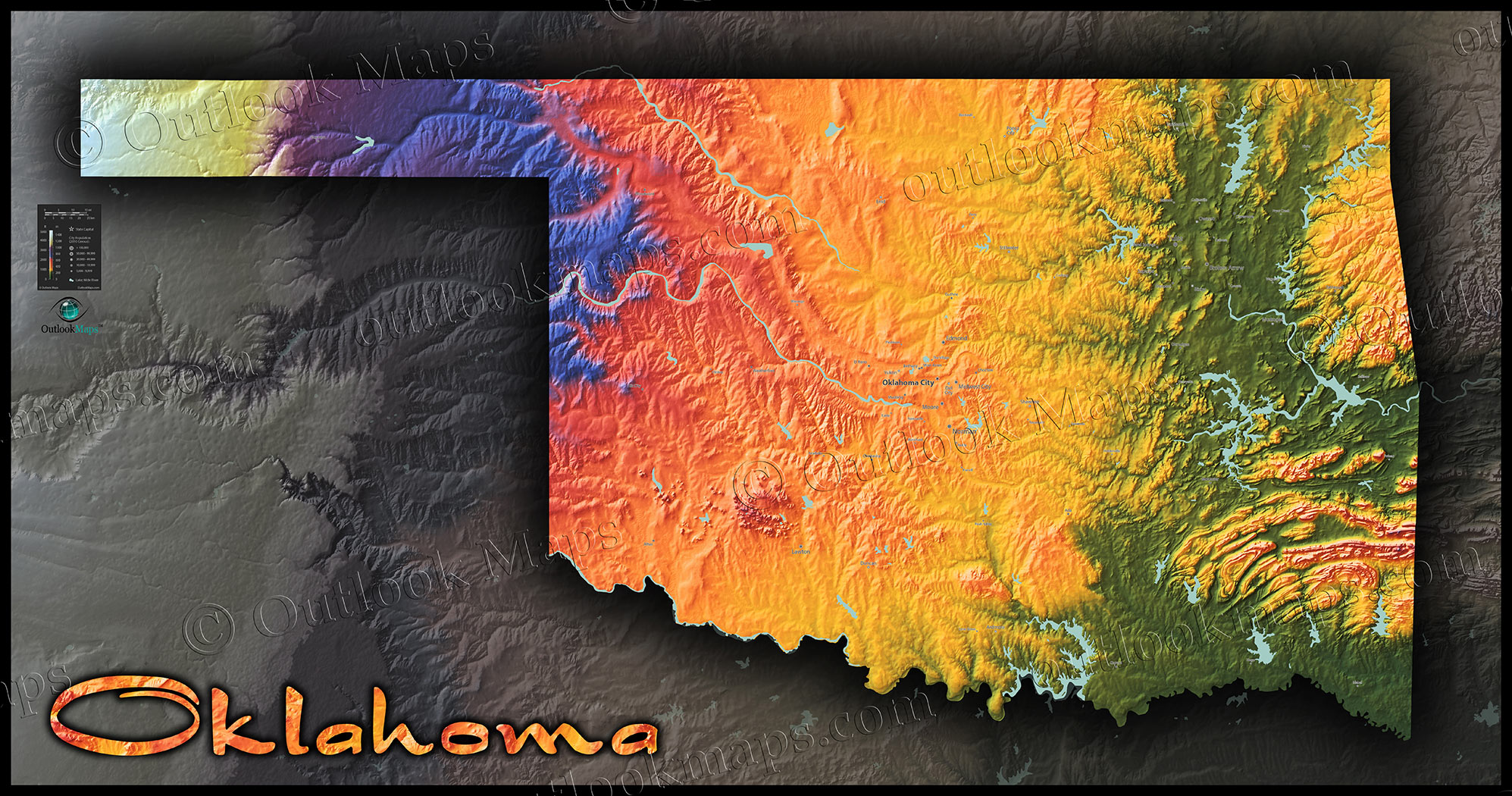
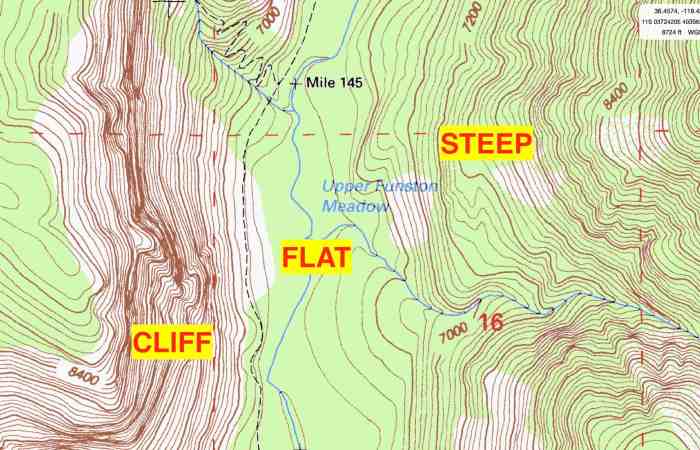
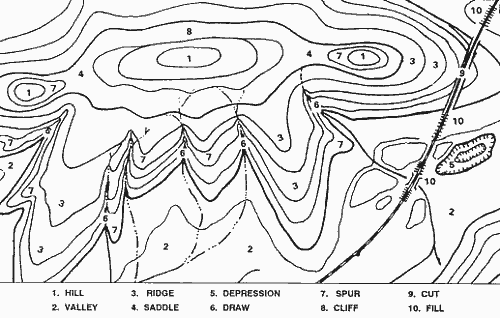
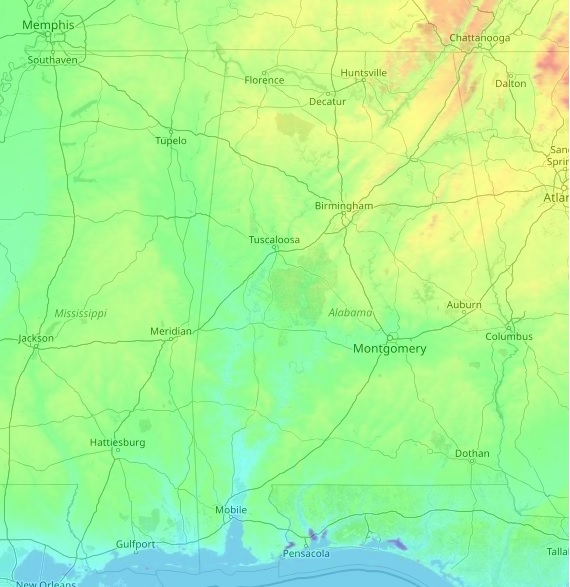
:max_bytes(150000):strip_icc()/topomap2-56a364da5f9b58b7d0d1b406.jpg)
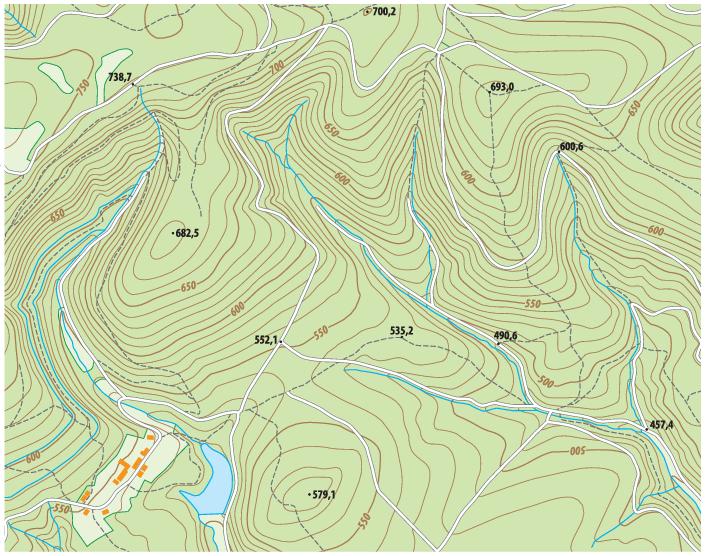
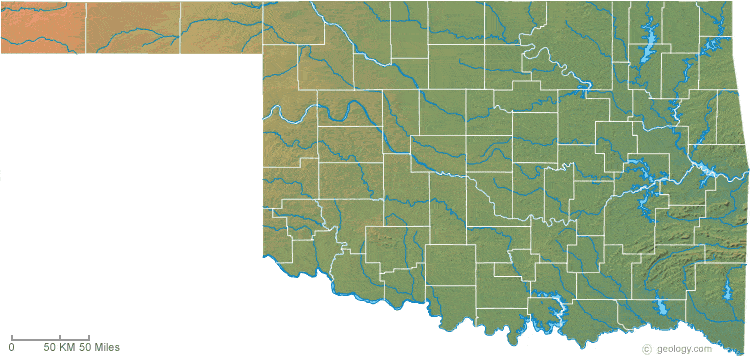

Closure
Thus, we hope this text has supplied invaluable insights into Decoding the Oklahoma Panorama: An Exploration of Topographic Maps. We thanks for taking the time to learn this text. See you in our subsequent article!